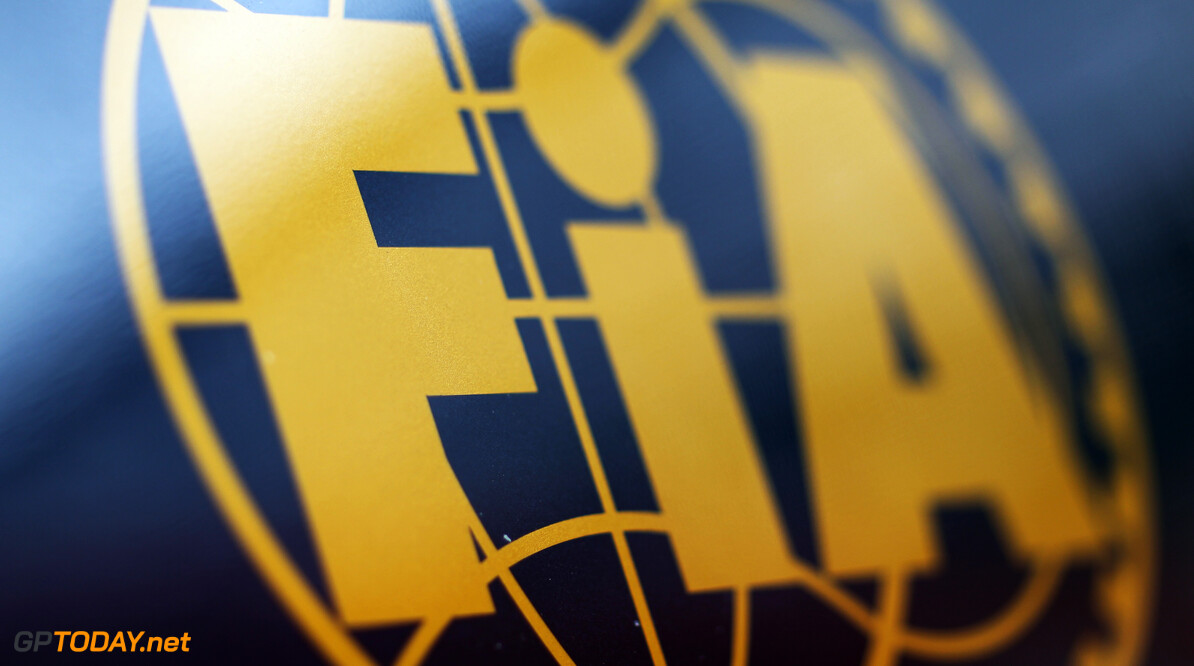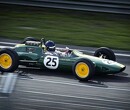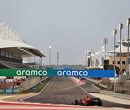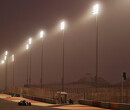The World Motor Sport Council has approved changes to the Formula 1 technical and sporting regulations for the 2020, 2021 and 2022 seasons.
A budget cap of $145 million is now confirmed for 2021, which will be reduced to $140 million in 2022 before another decrease to $135 million for 2023 to 2025.
Furthermore, there will be a freezing of a large list of components between 2020 and 2021 which includes chassis, gearbox, plus a number of mechanical components and impact structures.
A token system will be introduced in order to meet manufacturers' specific needs, permitting a very limited number of modifications.
Another major change is a slider scale for aerodynamic testing based on championship position, meaning teams who finish lower in the championship will receive more wind tunnel testing.
In 2020, there will be a limited number of upgrades to the power units. In 2021, the minimum weight of the cars will rise to 749kg and there will be revisions made to the plan-view trim and simplification of the floor in front of the rear tyres to manage the rise in downforce between 2020 and 2021.
2020 Sporting Regulation changes
The FIA has outlined changes to the sporting regulations for the upcoming season. This will see “provisions for 'closed' and 'open' events and the relevant regulatory structure for each (e.g. personnel at the paddock), depending on whether such events permit spectators”.
There will also be a number of updates regarding tyre regulations, with plans to allow for tyre testing during Free Practice 2 should it be required to accept a new tyre specification by Pirelli and the “extended use of P140 tyres in the case of a wet Free Practice 1 session”.
Furthermore, there will be a reduction in aerodynamic testing (ATR) and the introduction of Power Unit test bench restrictions for cost reasons.
2021 Sporting Regulation changes
The FIA has outlined a change to the sporting regulations for the 2021 season which will see a further reduction in aerodynamic testing and the introduction of a bias between championship position and ATR. This bias will be linear between P1 and P10 meaning lower placed teams will have more freedom.
2022 Sporting Regulation changes
For 2022, the FIA has outlined that a “number of key specific aspects of the regulations have been set out, including curfews, restricted number components (RNCs), scrutineering, and parc fermé prescriptions”.
These changes have been made in order to safeguard the sport in light of the ongoing coronavirus crisis.

 1
1



















Replies (1)
Login to replyJuJuHound
Posts: 352
Mercedes will have to say goodbye 90% of their stuff to keep Lewis' earnings :D